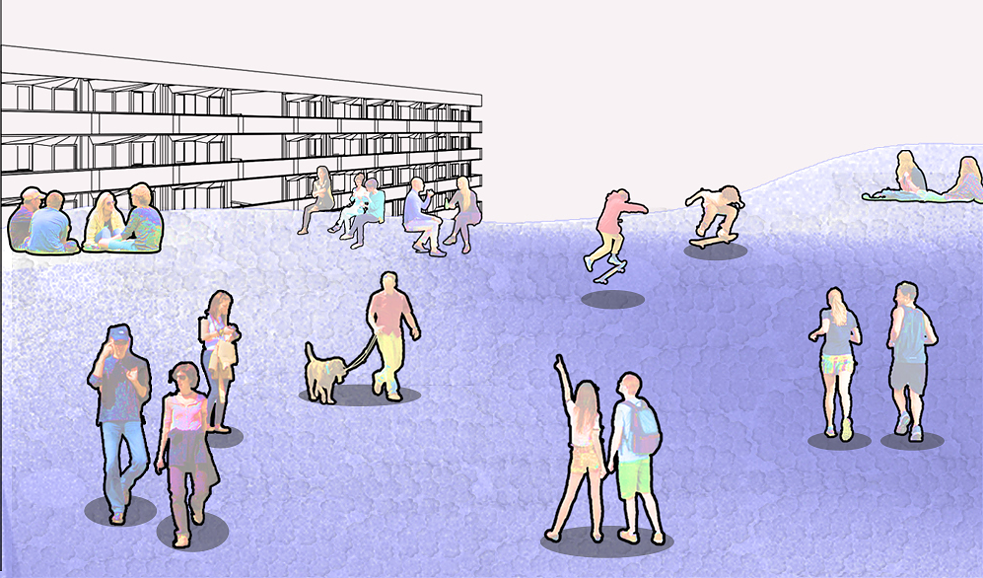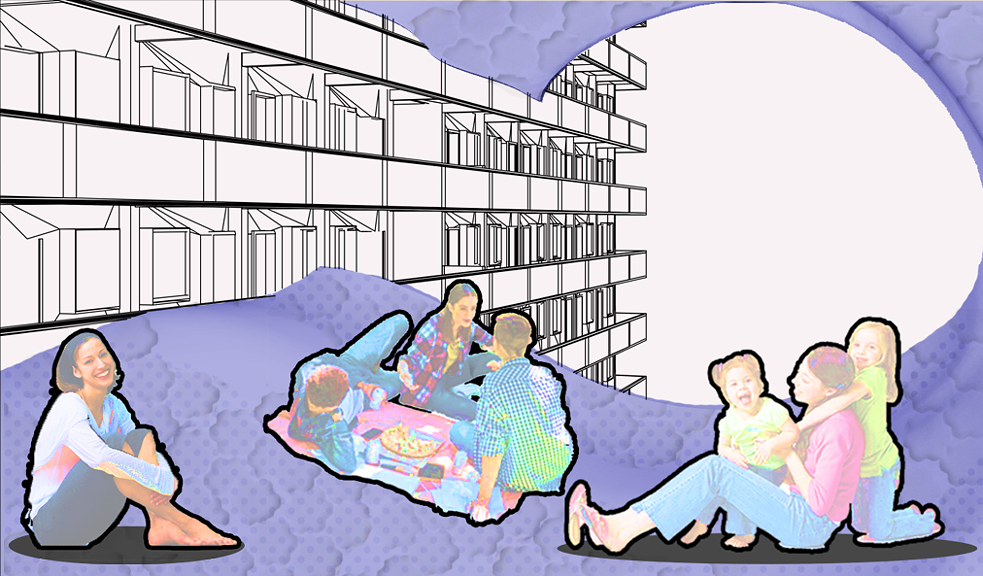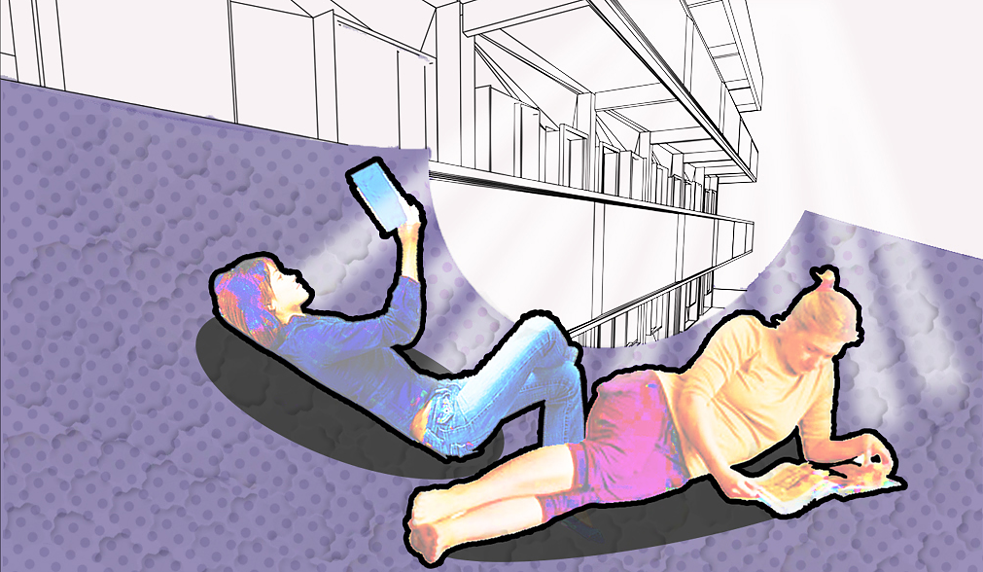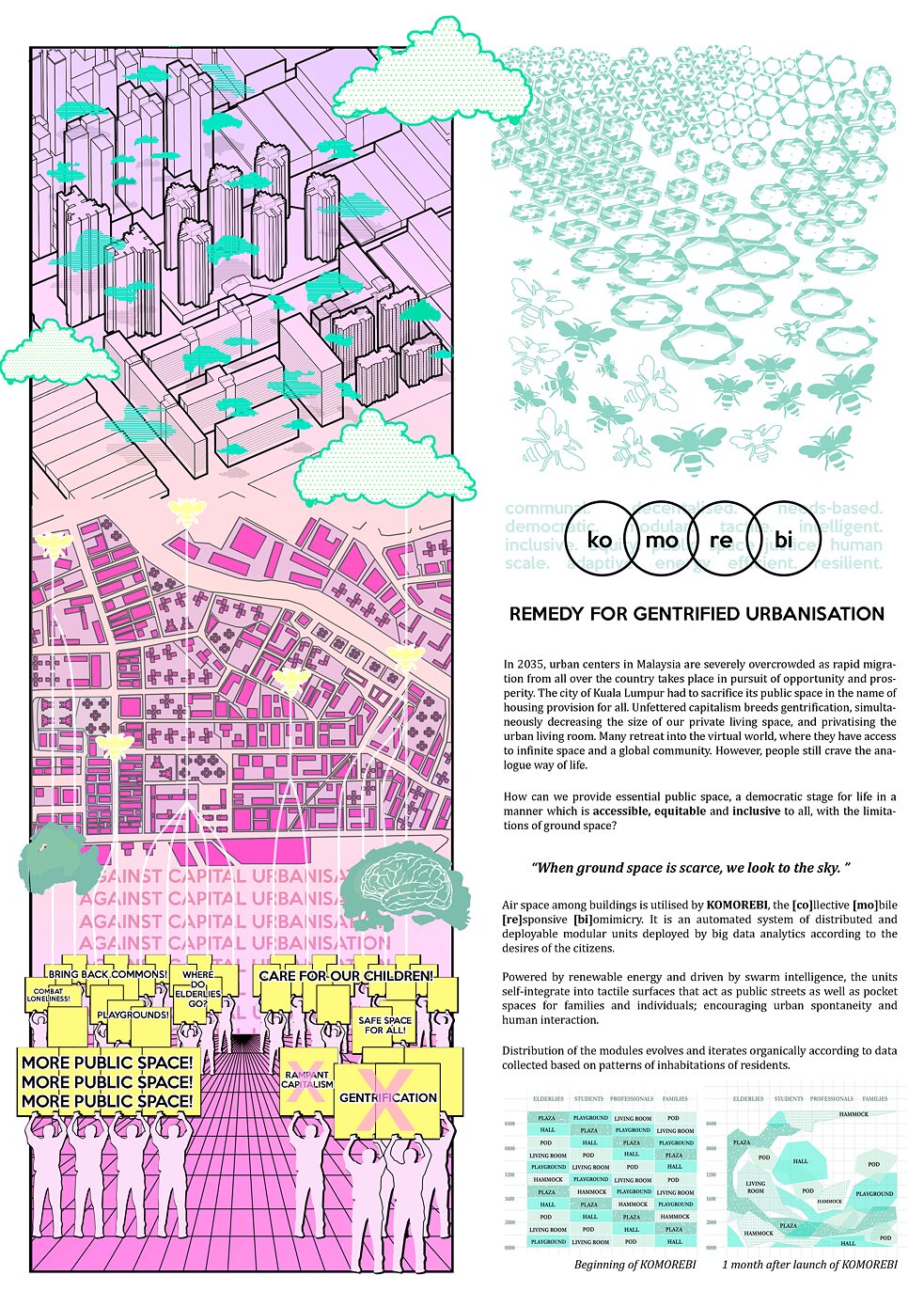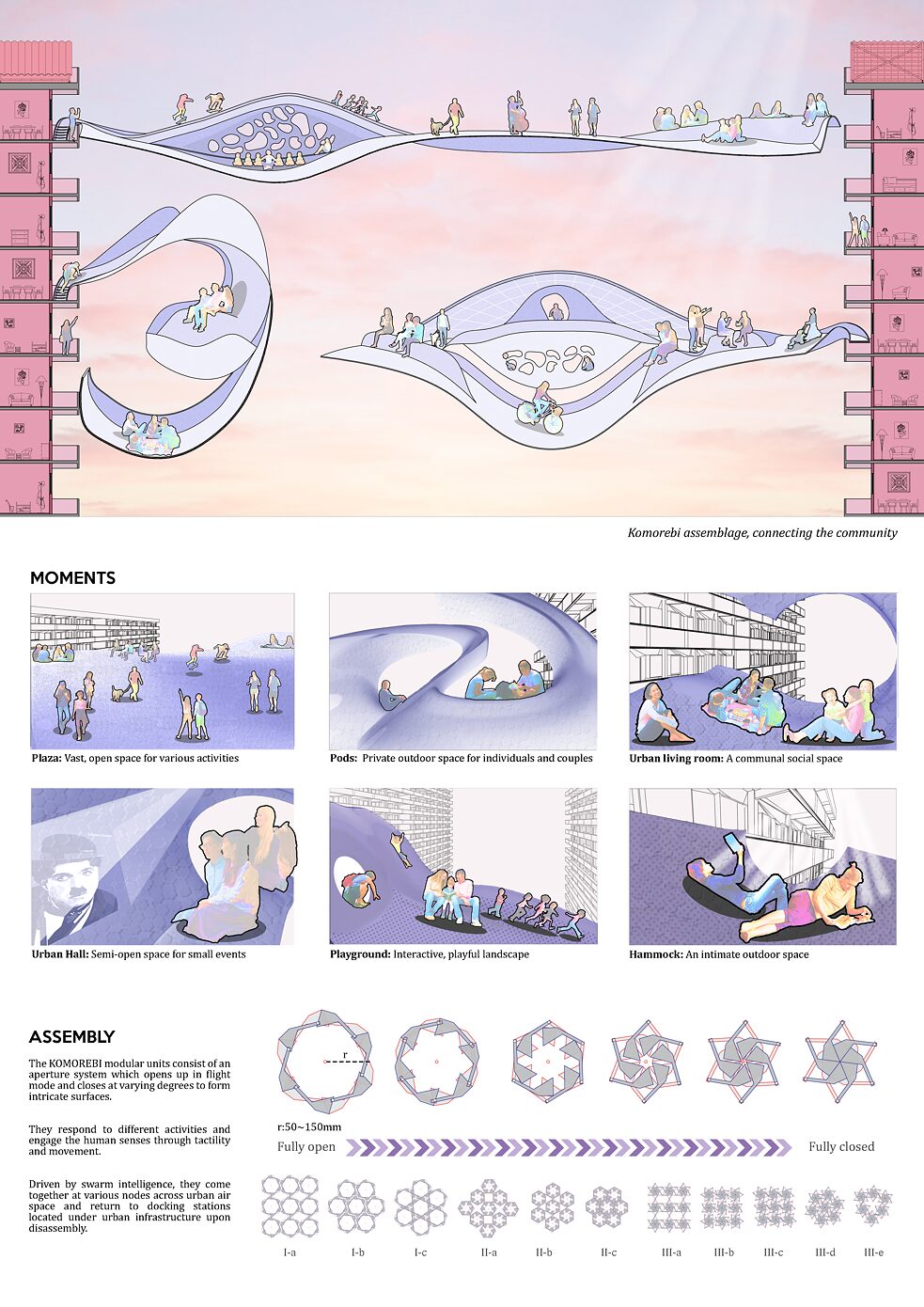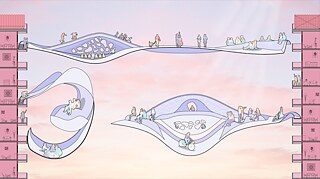
KOMOREBI: (KO)LLECTIVE-(MO)BILE-(RE)SPONSIVE-(BI)OMIMICRY (2021)
By Non-Fungible People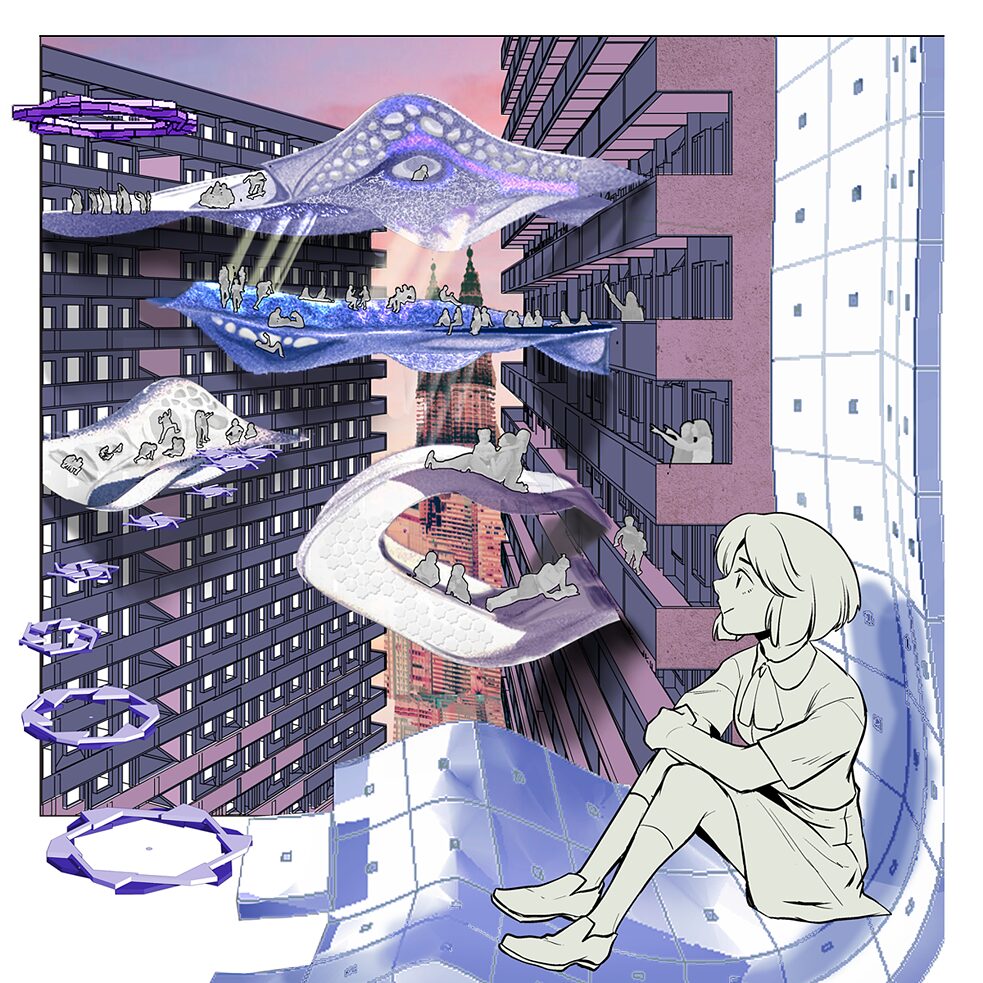
In 2050, it is projected that 90% of Malaysians will be living in cities...
Cities are likely to experience scarcity of space and have to sacrifice their public space in the name of housing provision for all. There are not many spaces for human interaction. Green public open spaces are reserved for the rich, they only exist within gated compounds of the higher income group.
Unfettered capitalism breeds gentrification, and the urban living room is privatised. There have also been loud complaints about the homes being far too small, and with more compact living, and with the rise of augmented reality, many have retreated into the virtual world. There, they have access to infinite space and a global community.However, it's clear that people still crave the analogue way of life and human interaction with the immediate community.
By 2050, how can we provide essential public space, the urban living room, a democratic stage for life in a manner which is accessible, equitable, and inclusive? How do we balance the invisible inequalities which stop us from reaching our best selves? How do we do so with the limitations of ground space?
When ground space is scarce, we look to the sky. Air space between buildings is colonized by the commons to provide an accessible, equitable and inclusive urban living room.
(KO)lective-(MO)bile-(RE)sponsive-(BI)omimicryis a public-funded, common good that rotates around in the city, providing a fair chance to everyone to utilize it, where it could be a system that uses air space and deployed to different places on a rotation basis to avoid gentrification.
Inspired by one of the local identity, the makeshift night markets (Pasar Malam) which spontaneously occupy neighborhood streets, KOMOREBI support aerial streets with urban spontaneity by leveraging technology like big data and swarm intelligence. KOMOREBI is an automated system of distributed and deployable modular units. In the background, big data analytics are used to deploy the units according to the desires of the citizen.
KOMOREBI, we provide a vision for reimagining our cities' future. In a world dominated by metaverse, KOMOREBI provides an alternative, tactical space for human interaction, inviting people to feel and touch the space around them.While we explore innovative ways to address the future challenges, we wish that our work could shed light on policy planning for dynamic management of existing street spaces and open spaces: ensure its accessibility, walkability, engagement, and provision of green for an accessible, equitable and inclusive urban life.
